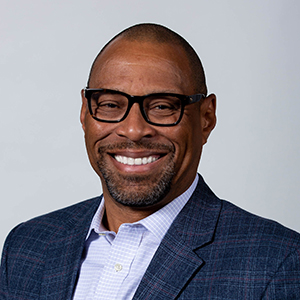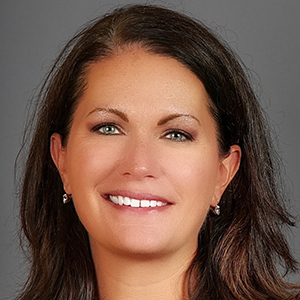
By Mark Lockett & Jennifer Muszik
A national sales director provided feedback on a training director: “It was all about her. Her. Her. Her.” That feedback was disappointing to hear. Training is a team sport and there is no “I” in team. But there is a “we” if we turn the “m” upside down.
Building advocacy among internal stakeholders begins with training executives having a focus that begins with what is in the best interests of the business. What we are suggesting isn’t rocket science. What we are suggesting does require discipline and persistence.
When speaking about “the” training plans or “our” training plans, we must demonstrate an understanding of – and reference often to internal stakeholders – the strategic priorities of the business. Presenting training plans as “my” plan may not be the best start, as discovered by the training director referenced above.
The reminders below tie to the team sport mindset that may help us training executives build advocacy among internal stakeholders (marketing, medical, compliance and sales):
- Make sure that all training plans are linked to the strategic priorities of the business you are supporting. Reference this connection often when engaging with internal stakeholders.
- Create “the” training plan with key stakeholder input and make sure all are aligned on the priorities that will be focused on to drive the business. Our goal is to gain feedback & buy-in. We are not just looking for full approval or endorsement.
- Call out specific areas where key stakeholder endorsement is needed and request specifically what is needed from senior leaders. These call outs can include:
- Funding
- Headcount
- Technology
- Change management
- Leadership engagement
- Regulatory or Medical approval
- Warning! We do not have to say yes to all requests. Link any respectful pushback to what is believed to be in the best interests of the business.
- After building alignment and advocacy, drive the execution of “the” plan … notice that we are not using the term “my“ plan. It is not about us, as the training director referenced learned.
- Commit to a follow-up cadence to provide updates. Measure the degree to which “the” plan is being executed and discuss these findings with key stakeholders. We may find “the” plan is working or that adjustments are required.
- Finally make sure all key stakeholders understand that “the” plan represents what “we” as a team have committed to accomplishing.
One final note – many of our organizations are going through various waves of change, including changes at the senior leader levels. Make sure to help the newer leaders have context for how the learning plan was developed. Consider engaging a more tenured senior leader in an advocacy role.
 Mark Lockett is head of commercial training & leadership development for Sanofi. Email Mark at Marquis.Lockett@Sanofi.com.
Mark Lockett is head of commercial training & leadership development for Sanofi. Email Mark at Marquis.Lockett@Sanofi.com.
 Jennifer Muszik, ACC is head, worldwide field learning, for Biogen. Email Jenn at jennifer.muszik@biogen.com.
Jennifer Muszik, ACC is head, worldwide field learning, for Biogen. Email Jenn at jennifer.muszik@biogen.com.








